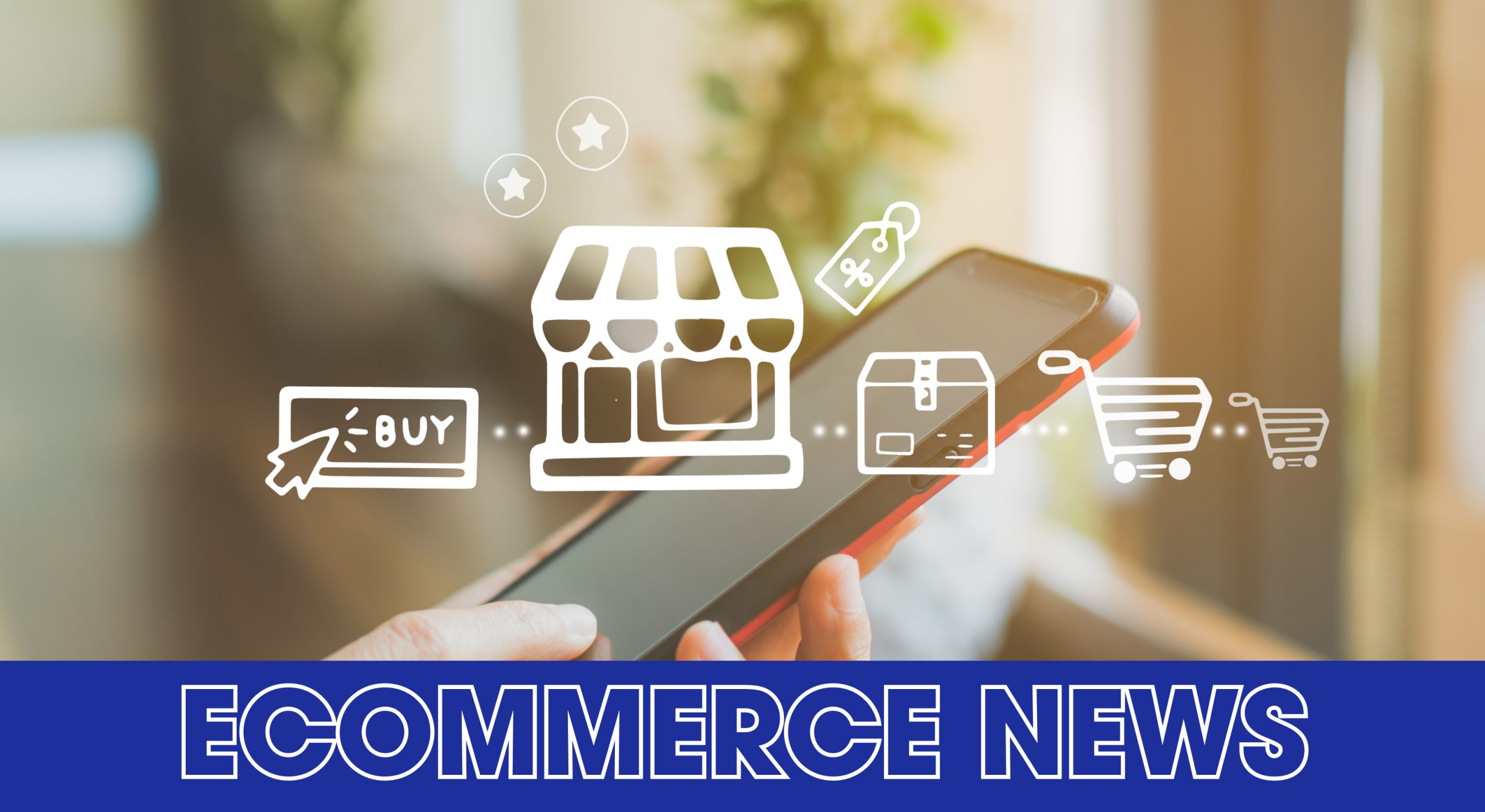Inspirational Friday quote: Change is scary—but necessary. You may not be able to ride on every new ecommerce wave, but you should at least catch those that match your business’ wavelength.
To do that, you must first stay on top of updates and events happening in the online marketplace. But don’t worry, ‘coz we got you.
- What’s hyperlocal ecommerce? 🆕
- The ONLY interaction you need to grow your Amazon business 👌
- Evolution of ad metrics 🧬
- Advertising with digital signage 🪧

ECOMMERCE NEWS
Have you heard of hyperlocal ecommerce?
A recent article from TechBuillion brings this new not-so-new ecommerce trend into the spotlight, highlighting how it uses a “simple but powerful” approach to attract customers. Here’s a scoop on why hyperlocal ecommerce is trending:
⚡ Hyperlocal = hypergrowth
Hyperlocal ecommerce is a strategy that targets customers in small, well-defined areas like streets, neighborhoods, cities, etc.
The global hyperlocal services market size has achieved a $2.6 billion milestone in 2023 and is expected to reach $7 billion by 2032.
🧨 But what’s driving this explosive growth?
To understand, let’s look at 4 strengths boasted by 2 platforms leveraging hyperlocal services: GoPuff and Rappi:
- Speed and convenience. Smaller coverage means faster fulfillment. Beyond speed, hyperlocal ecommerce delivers what buyers need, when they need it.
- Unique local offerings. Focusing on an area makes it easier to curate your product catalog. If you’re near a school, target students’ needs. And don’t forget to tailor your inventory based on local tastes and/or partner with beloved local brands.
- Empowering small businesses. Speaking of local brands, hyperlocal ecommerce is a win-win, especially for small ones. Local businesses get a new digital platform and delivery infrastructure, and online markets get a unique assortment of local specialties.
- Genuine community engagement. By partnering, featuring, and catering to local customers, you build bonds and connections faceless corporations can only imagine. 🫂
Can Amazon sellers go hyperlocal?
Definitely!
If you sell on Amazon, you can participate in the hyperlocal market by leveraging FBA. FBA warehouses essentially make your items ‘local’ by offering one-day or two-day delivery for products or same-day delivery for groceries.
📌 The reason why hyperlocal ecommerce is trending isn’t because it’s a winning strategy, but because it builds strong brand equity. So, maybe it’s time to shift your business goal from merely driving profits to becoming a valued part of a community.

TOGETHER WITH SELLER INTERACTIVE
The ONLY interaction you need to grow your Amazon business
As sellers, your ultimate dream is to see your Amazon business soar to new heights and turn your brand into a household name. Fortunately, you now have the means to turn this dream into reality through Seller Interactive's Account Management Services!
🛅 Say goodbye to…
…the woes that held you back, like:
- Headache-inducing account registration requirements;
- Tedious organic ranking boosts;
- Complex product launching and listing;
- Anxiety-triggering suspension risks; and
- Stressful order management and shipments.
👋 With Seller Interactive, say hello to…
…what else but success!
With Seller Interactive, you can access top-notch workarounds for common seller issues. Their battle-tested strategies and Amazon expertise will become YOUR secret weapons. And ICYDK, Seller Interactive's Account Management Services obtained a 4.4-star rating from Clutch.
What are you waiting for? Trust the experts in this field. Trust Seller Interactive.

BITES OF THE WEEK
- Coupon Updates: You can now select the Brand audience type for coupons to target high-intent buyers.
- Bookseller Problems: Here are some authenticity-related must-knows if you plan to sell old/vintage books on Amazon.
- Music Commerce: Ecommerce can learn marketing things from the music industry.

TRENDING TOPIC
How ad metrics have changed over time
In the past, ad metrics were all about impact, click-through rates, and app installs. But according to AdExchanger, they have evolved to quantify business growth through tangible results like sales. 💰
AdExchanger also listed the reasons for these changes, which mainly include:
- Amazon’s influence. To guide advertising in finding the right advertising formula for maximum profitability, Amazon introduced several ad metrics such as:
- Advertising Cost of Sales (ACoS), which measures ad spending against paid media revenue; and
- Return on ad spend (ROAS), which complements ACOS by measuring overall revenue against ad spend.
- Impact of organic sales. Amazon also introduced the total ROAS (TROAS), which incorporates organic sales alongside ad-attributed sales.
- Expansion to search and social platforms. Albeit not marketplaces, Google and Meta have embraced advertising and adopted ecommerce metrics.
- Google tests bidding options targeting new customers and measures customer lifetime value (LTV) through modeled data.
- Meta emphasizes LTV modeling due to signal loss in tracking direct purchases.
💡 Key takeaway
Change is indeed the only permanent thing in the world. With the focus of online advertising shifting to include physical store foot traffic and customer relationship management, you must also look into the direction of improving these aspects for your business.

TACTIC TALKS
4 ways to effectively advertise products through updated digital signage
Digital signage refers to LED, LCD, or OLED screens that showcase dynamic marketing material. It’s actually one of the most effective ways to grab customer attention—but only if it displays timely and relevant content.
📺 Retail TouchPoints lists the best ways to keep your digital signage content up to date:
- Create a content calendar. Schedule automatic updates to coincide with seasonal events and promotions. Also, define your content goals and consider customer demographics to determine content frequency. 🗓️
- Feature promos and sales. Publish teasers for product launches to attract customer curiosity and drive foot traffic. You can also include related products to take advantage of cross-selling opportunities.
- Show live media. Social media feeds and real-time updates make for great fresh and authentic content. Share user-generated content for more engagement. 🤳
- Use dynamic templates. These templates help streamline content updates and maintain a professional appearance. Plus, they can be automated, so you don’t have to worry about doing time-consuming manual updates!
Have you tried using digital signage to advertise your products? Tell us how you implemented it and how it went by replying to this email! 📢






